Introduction
Having a well-designed and aesthetically pleasing house interior is essential for creating a comfortable and inviting living space. The way we decorate our homes reflects our personal style and preferences, while also contributing to the overall ambiance. In this article, we will explore various aspects of house interior design and provide valuable insights on how to create a beautiful and functional living environment.
The Importance of Interior Design
Interior design plays a crucial role in enhancing the overall appeal and functionality of a house. It involves the strategic use of colors, furniture, lighting, and accessories to create a harmonious and visually pleasing environment. A well-designed interior can improve the quality of life, boost productivity, and even positively impact our mood and well-being.
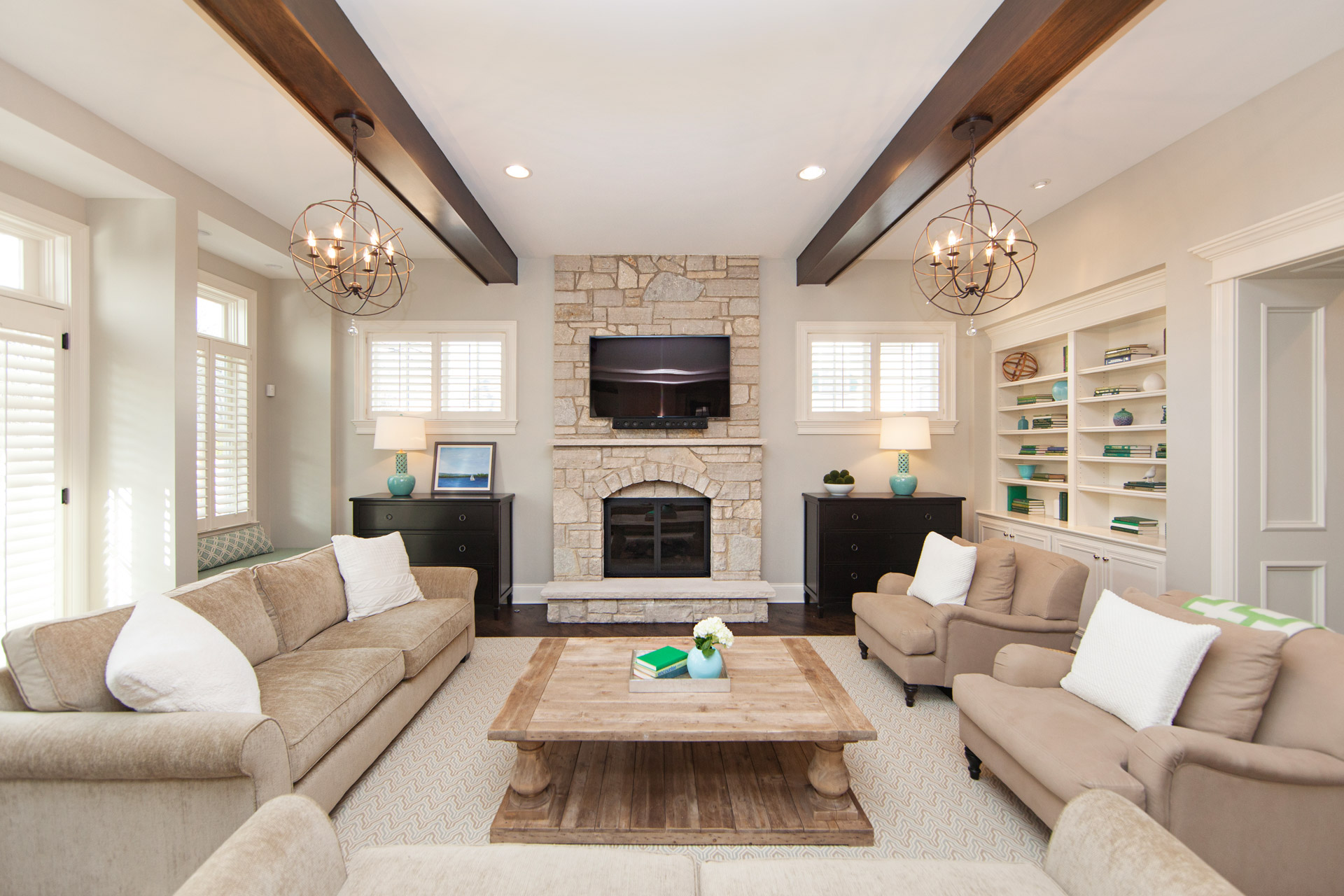
Choosing the Right Colors
The colors we choose for our house interior have a significant impact on the overall atmosphere of each room. Warm colors like red, orange, and yellow create a cozy and inviting ambiance, while cool colors like blue and green promote a sense of calmness and tranquility. It's important to select colors that complement each other and reflect the desired mood for each space.

Furniture Selection and Placement
When it comes to furniture, it's crucial to strike a balance between style and functionality. The right furniture can transform a room, providing both comfort and visual appeal. Consider the size and layout of each room when selecting furniture, ensuring that it fits well and allows for easy movement. Additionally, pay attention to the placement of furniture to create a sense of flow and maximize the available space.
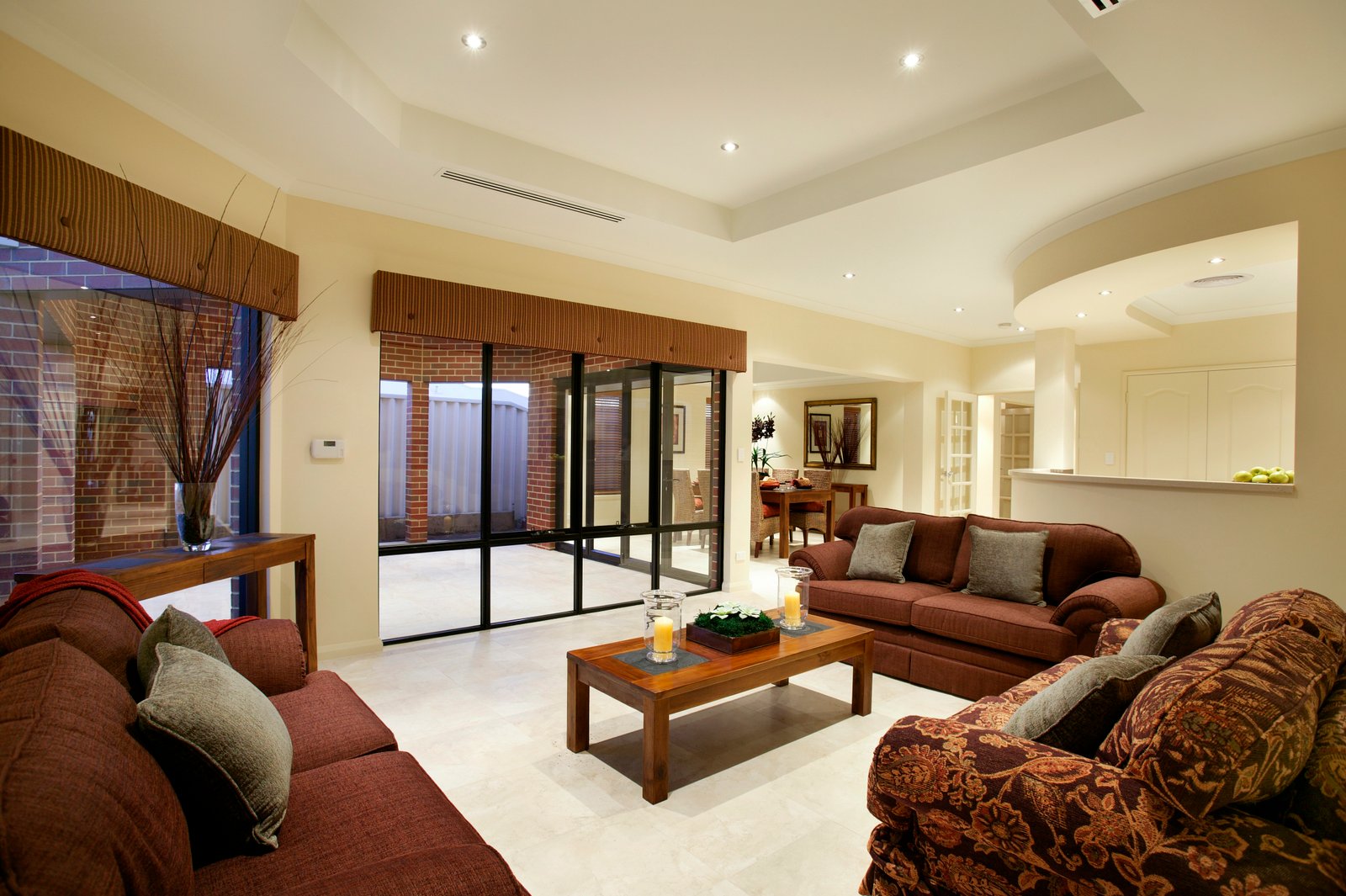
Lighting and Its Effects
Proper lighting is essential in creating a welcoming and well-lit house interior. Natural light is ideal, so make sure to utilize windows and skylights to maximize its presence. Additionally, choose artificial lighting fixtures that complement the overall design and provide adequate illumination for various activities. Dimmer switches can be installed to adjust the intensity of light according to different needs and moods.
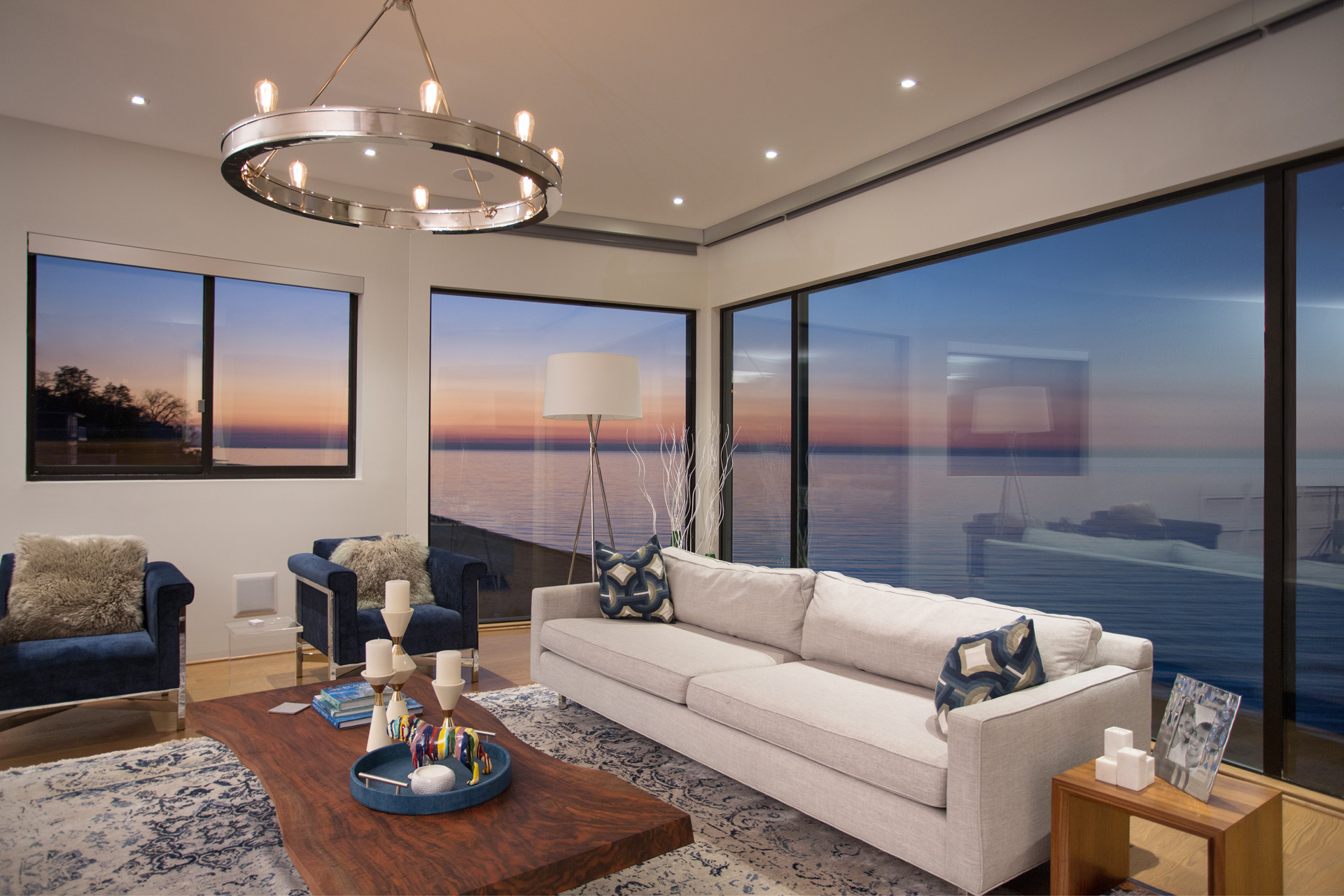
Accessorizing and Personalizing
Accessories are the finishing touches that can bring personality and character to a house interior. This includes artwork, decorative items, plants, and textiles such as curtains and rugs. Choose accessories that align with your style and preferences, and don't be afraid to mix different textures and patterns to add visual interest. These elements can provide a sense of warmth and make a space truly feel like home.

Creating Functional Spaces
Each room in a house should serve a specific purpose and be designed accordingly. Consider the needs of the occupants and plan the layout accordingly. For example, the kitchen should be organized for ease of cooking and meal preparation, while the living room should prioritize comfort and entertainment. Creating functional spaces ensures that every area of the house is utilized effectively and optimally.
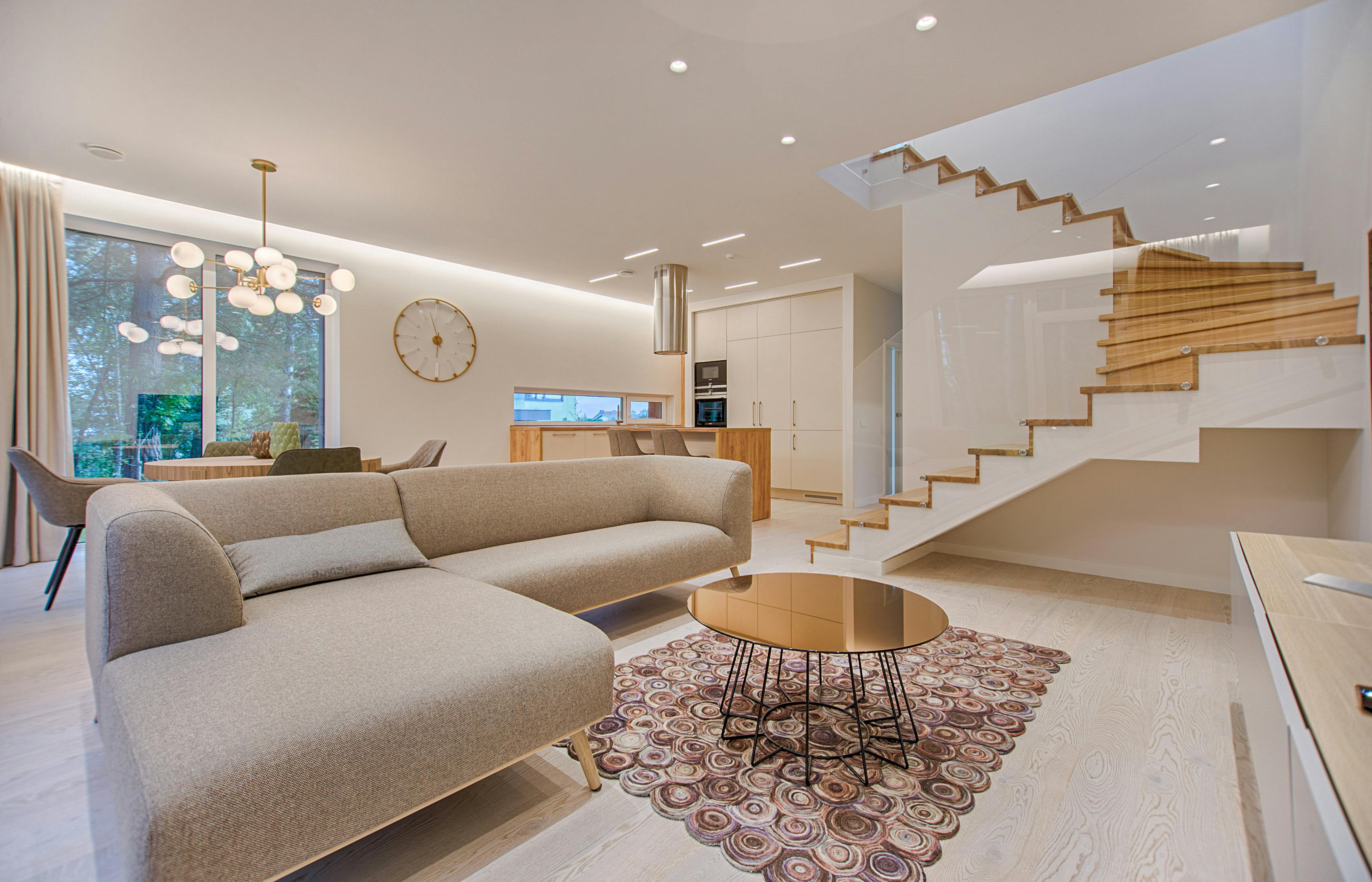
Maintaining a Clutter-Free Environment
A cluttered house interior can be overwhelming and detract from the overall appeal of a space. It's important to prioritize storage solutions and organization to maintain a clean and clutter-free environment. Invest in storage furniture, utilize wall-mounted shelves, and regularly declutter to keep the space tidy and visually appealing.

Choosing the Right Flooring
Flooring is a key element in house interior design that sets the foundation for the overall aesthetic. There are various options to choose from, including hardwood, laminate, tile, and carpet. Consider the durability, maintenance requirements, and style of each type of flooring before making a decision. Additionally, choose a flooring material that complements the color scheme and overall design of the space.

Creating a Relaxing Bedroom
The bedroom is a sanctuary for relaxation and rest, so it's important to create a soothing and comfortable environment. Choose a calming color palette, invest in a quality mattress and bedding, and incorporate soft lighting to promote a restful atmosphere. Personalize the space with artwork and d??cor that reflects your style and creates a sense of tranquility.

Designing a Functional Home Office
With the rise of remote work, having a functional and well-designed home office has become increasingly important. Proper lighting, ergonomic furniture, and a clutter-free workspace are essential for productivity and focus. Consider the layout of the office to ensure easy access to necessary equipment and supplies. Personalize the space with inspiring artwork and decorative elements to create a motivating work environment.

Utilizing Wall Space
Walls offer valuable space for displaying artwork, shelving, and storage solutions. Use wall-mounted shelves to showcase books or decorative items, and consider installing floating shelves to maximize storage in smaller rooms. Additionally, artwork can add visual interest and personality to a space. Choose pieces that resonate with your style and complement the overall design.
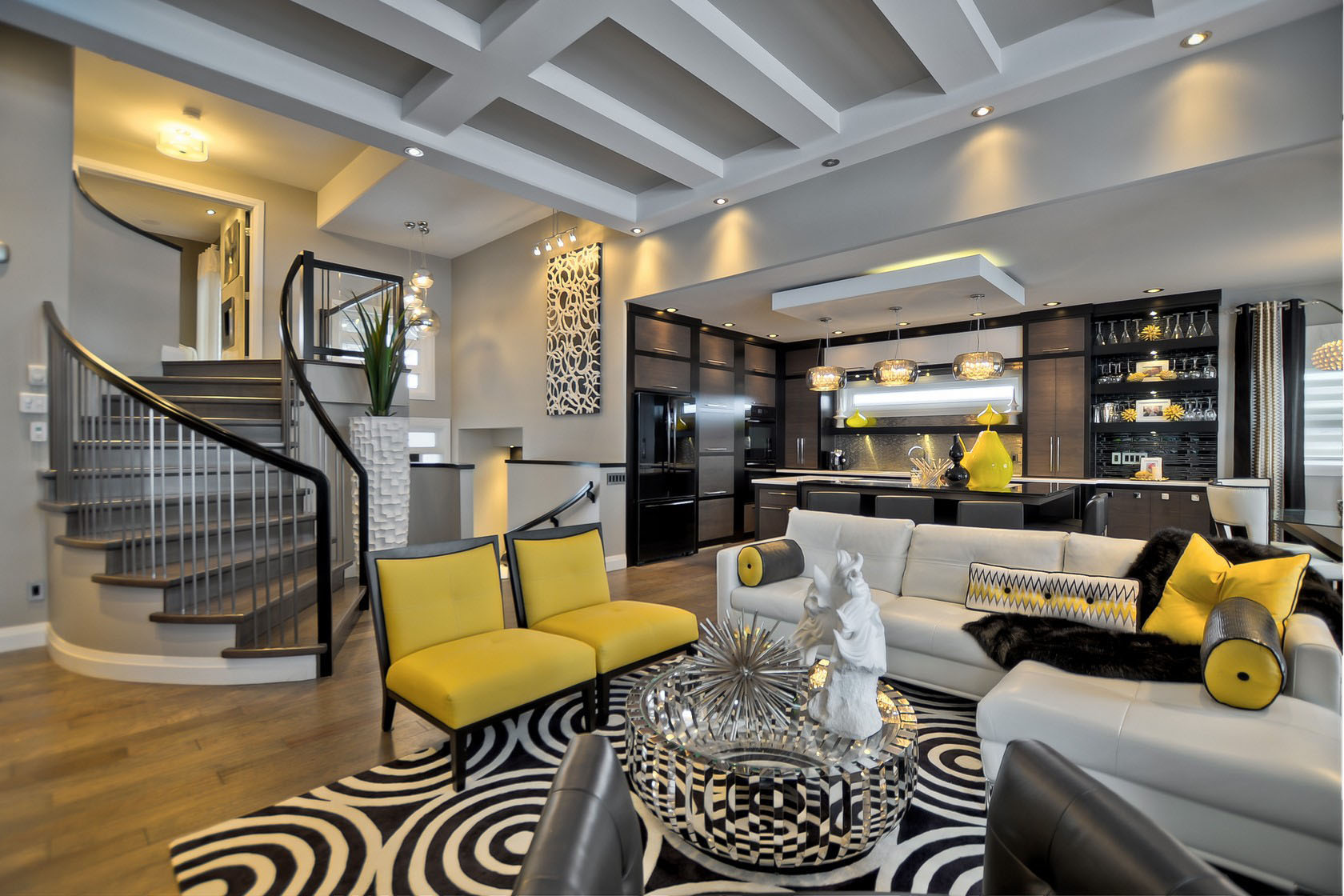
Creating an Inviting Entryway
The entryway is the first impression guests have of your home, so it's important to create a welcoming and organized space. Consider adding a console table or a bench for practicality and style. Incorporate a mirror to create the illusion of a larger space and provide a spot for last-minute touch-ups before heading out. Don't forget to include adequate storage for shoes, coats, and accessories.

Designing a Functional Kitchen
The kitchen is often the heart of a home, where meals are prepared and memories are made. When designing a kitchen, prioritize functionality and efficient workflow. Consider the placement of appliances, the layout of the countertops, and the storage options available. Additionally, choose materials that are easy to clean and maintain, as the kitchen is a high-traffic area prone to spills and messes.
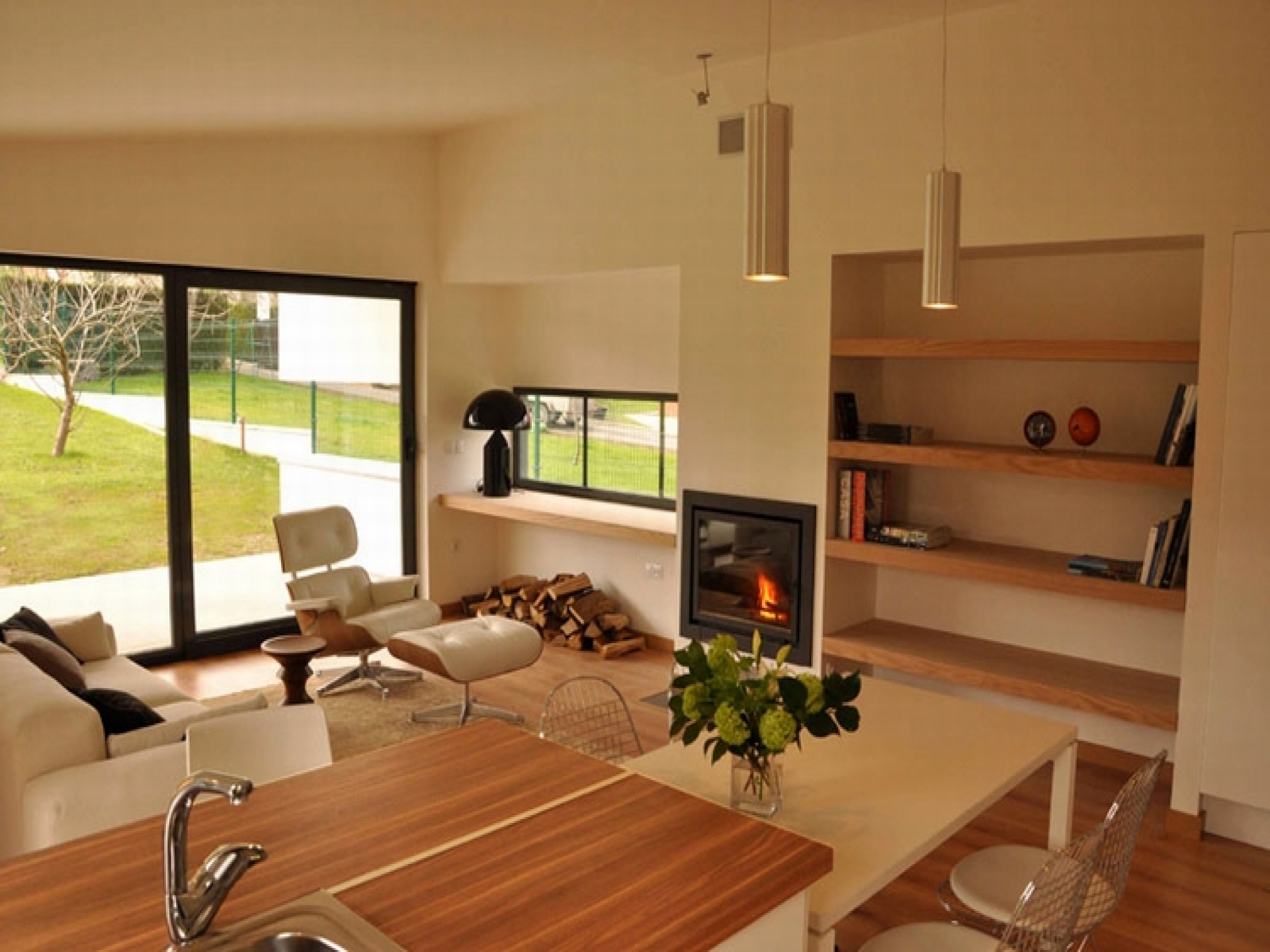
Creating a Cozy Living Room
The living room is a space for relaxation, entertainment, and socializing. When designing a living room, consider the comfort of seating options, the arrangement of furniture, and the incorporation of a focal point such as a fireplace or a large window. Choose a color scheme and d??cor that reflects your personal style and creates a cozy and inviting atmosphere.
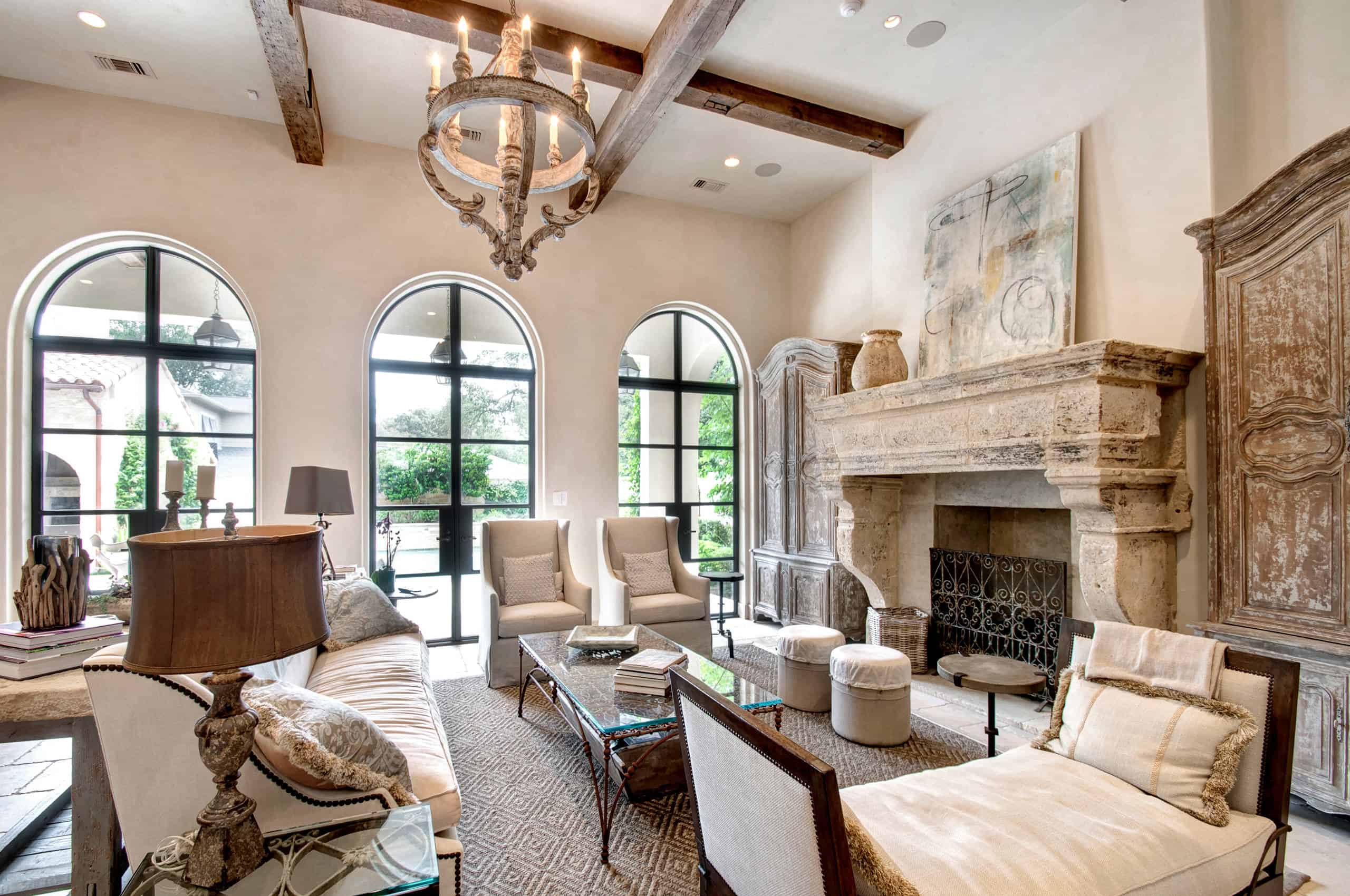
Enhancing the Bathroom
The bathroom is a space that should be both functional and visually appealing. When designing a bathroom, consider the size and layout to optimize the available space. Choose fixtures and materials that are durable and easy to clean. Pay attention to lighting, mirrors, and storage options to create a well-lit and organized environment.
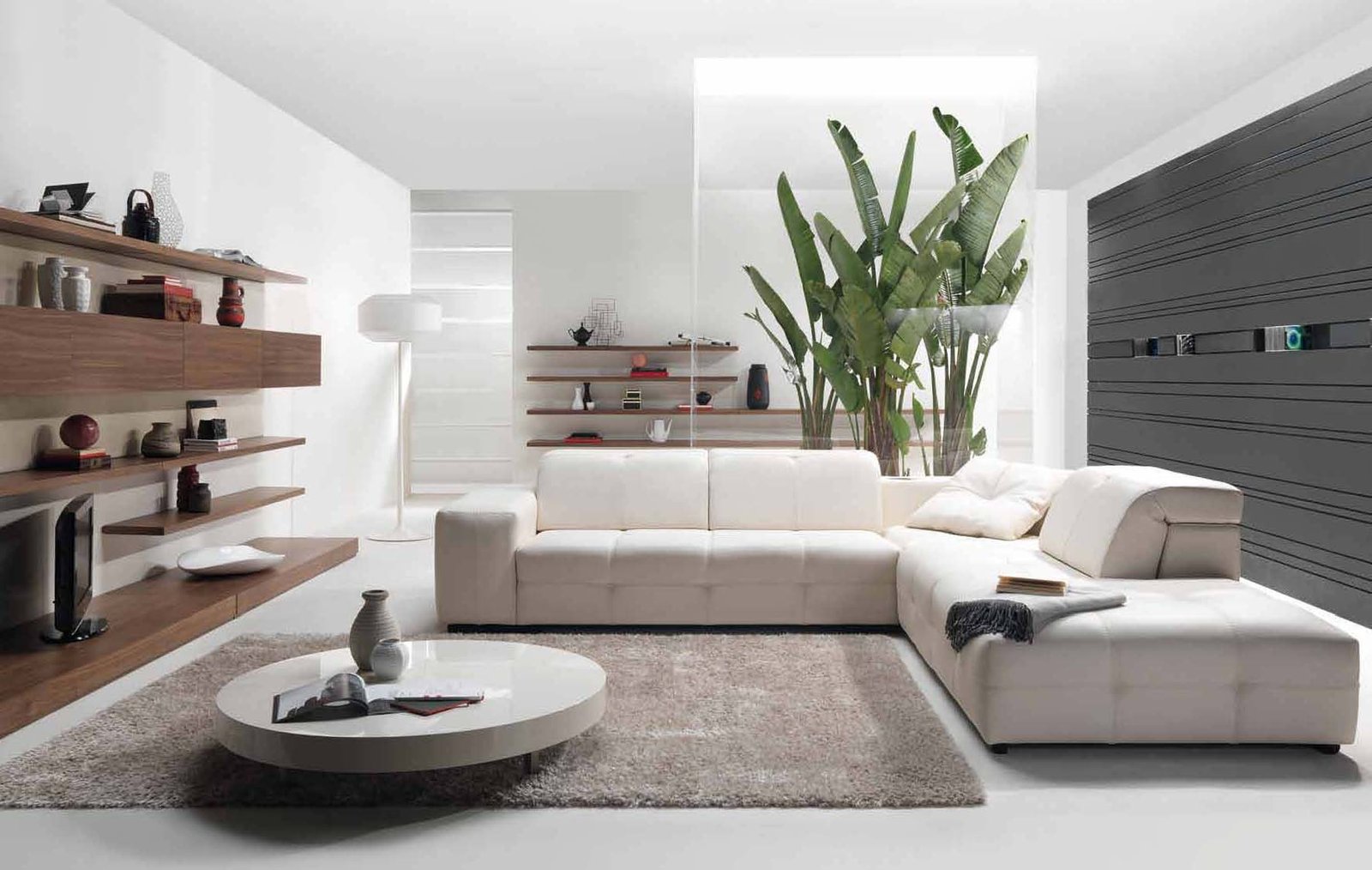
Utilizing Natural Elements
Natural elements can add warmth and a sense of tranquility to a house interior. Incorporate indoor plants to improve air quality and create a connection with nature. Additionally, natural materials such as wood, stone, and bamboo can be used in furniture, flooring, and accessories to bring a touch of the outdoors inside.
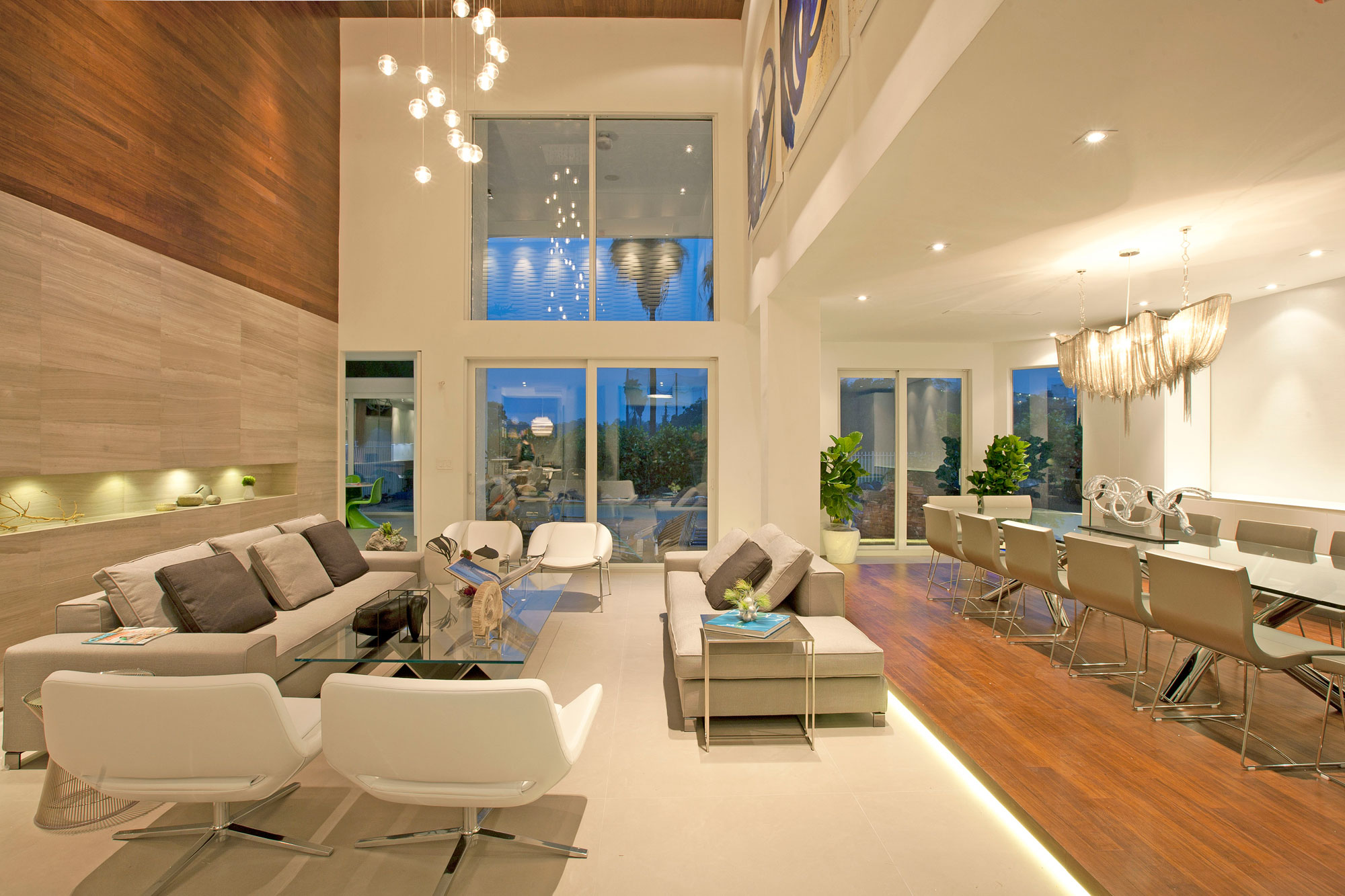
Conclusion
A well-designed house interior can transform a space into a comfortable and visually appealing home. Consider the colors, furniture, lighting, and accessories that best reflect your style and preferences. Prioritize functionality and organization to create a clutter-free environment. With careful planning and attention to detail, you can create a house interior that not only looks beautiful but also enhances your daily life.